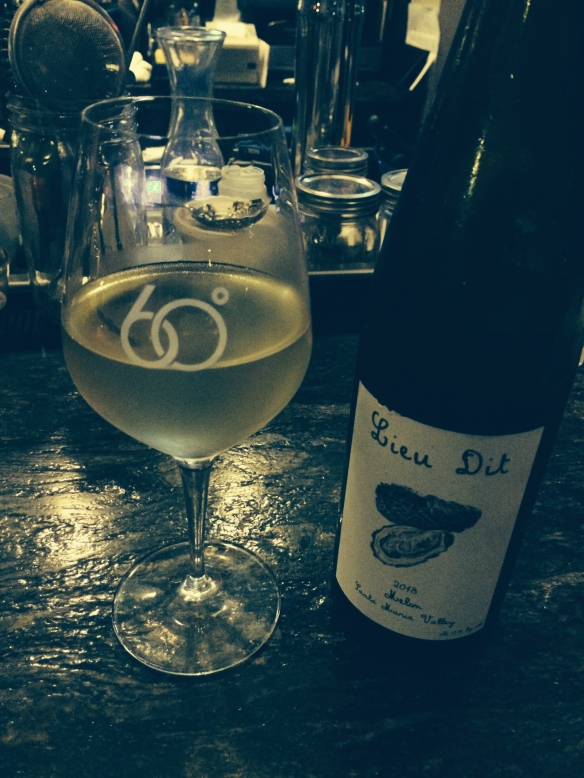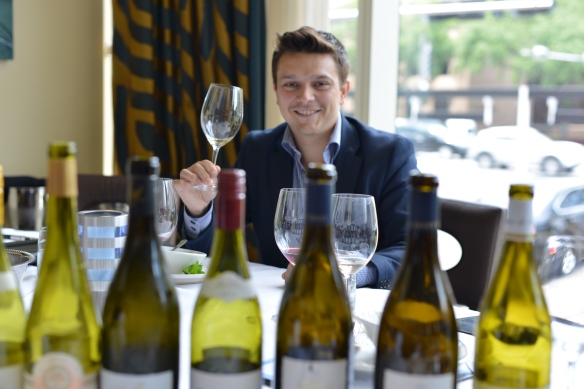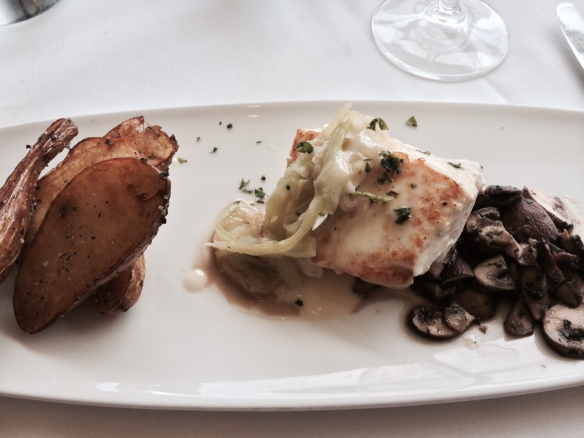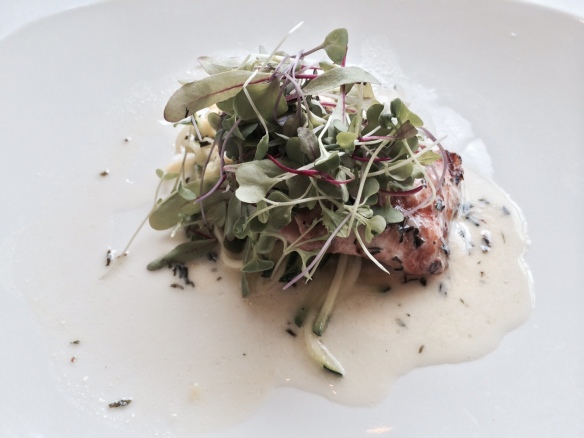Fires out west, Twitterreah in D.C., and collapsing infrastructure in Genoa: The woes continue unabated (it’s always been that way, of course), and as summer progresses toward the autumnal equinox, despair and dismay seem the manners of the day. What to do?
Well, once you’ve checked on your friends and acquaintances in wine country, those dealing with the deadly fires, once you’ve donated to relief efforts there, after you’ve made sure your friend in Genoa is OK, after you’ve read the latest piece from Maggie Haberman about the goings-on in the White House (has there ever been a leakier bunch at 1600 Pennsylvania?), it’s time to cook and drink and eat and give thanks for the solace that can be had in those activities.
A few weeks ago, I was at State of Grace in Houston, drinking Rosé and enjoying some oysters. Matt Crawford, the restaurant’s general manager and beverage director, stopped by and poured us a Mezcal, and we talked briefly. Matt’s a great guy, and he just happens to be the subject of my latest Wine Talk. Give it a read, and next time you decide on oysters, pair them with Mezcal.
Continuing with wine, we move to Germany (my favorite wine country), and a great cause. (Drink Riesling every day!) But first, let’s hear from Mark Twain on Deutschland:
My philological studies have satisfied me that a gifted person ought to learn English (barring spelling and pronouncing) in thirty hours, French in thirty days, and German in thirty years. It seems manifest, then, that the latter tongue ought to be trimmed down and repaired. If it is to remain as it is, it ought to be gently and reverently set aside among the dead languages, for only the dead have time to learn it.
– “That Awful German Language,” Appendix D of A Tramp Abroad
Whenever the literary German dives into a sentence, that is the last you are going to see of him till he emerges on the other side of his Atlantic with his verb in his mouth.
– A Connecticut Yankee in King Arthur’s Court
…mastery of the art and spirit of the Germanic language enables a man to travel all day in one sentence without changing cars.
– Christian Science
A dream…I was trying to explain to St. Peter, and was doing it in the German tongue, because I didn’t want to be too explicit.
– Mark Twain’s Speeches, 1923
The Germans are exceedingly fond of Rhine wines; they are put up in tall, slender bottles, and are considered a pleasant beverage. One tells them from vinegar by the label.
– A Tramp Abroad
Twain’s sarcasm and humor set aside, if you read this today (Sunday, the 19th of August, 2018) before 4 o’clock in the afternoon or so, and if you are in Houston, Texas, hightail it to Camerata and drink some fine German wines and contribute to a good cause. (Click here for more details.)
All of this talk about German wines takes me back to a fine summer day a few years ago; my friend Holger and I took a journey that included a stop at Schloss Vollrads. We drank and ate well.
Finally, there’s Zinfandel and Syrah, and Cline and Ramey. Two bottles we opened recently, two vintages that I recommend highly and that will pair with everything from hamburgers to beef stew and grilled ribeye or lamb. David Ramey and Nancy and Fred Cline are the names behind these two bottles, and you’ll want to add both wines to your inventory.





















Recent Comments